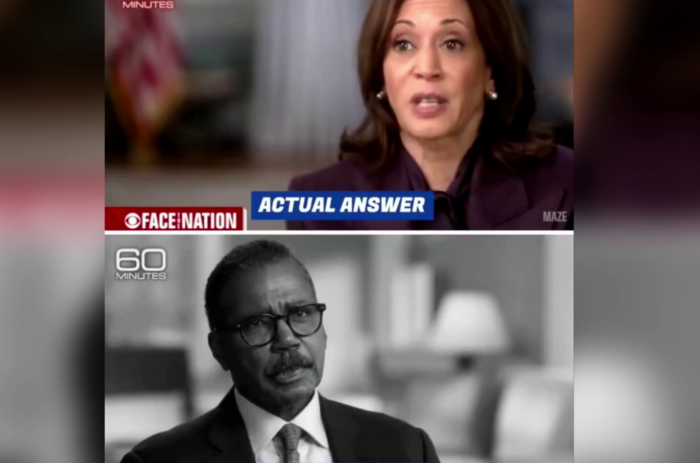redo Jump to...
print Print...
Directions
-Read the media bias example below (from an April 16 post by James Taranto at wsj.com).
-Read "Types of Media Bias" here or in the right column. Then answer the questions.
From a post by James Taranto at the Wall Street Journal (original post date 4/16/13):
The New York Times has finally produced a second news story on the murder trial of Philadelphia abortionist Kermit Gosnell–almost a month after its other story, which briefly recapped the trial’s first day. Like the Times’s first story, which we cited in Monday’s column, this one appears deep inside the paper (on page A12). You almost get the impression the Times doesn’t want to be there. More than almost: The paper’s editors make it explicit with their headline: “Online Furor Draws Press to Abortion Doctor’s Trial.”
What an amazing headline that is. The editors of the New York Times declare that they’re covering the trial under protest, yielding their news judgment to an angry online mob. It’s probably the most honest thing they’ve ever published.
(As an aside, the “online furor” was sparked by a Kirsten Powers op-ed in USA Today. Although USA Today is a website, it is also a newspaper with a circulation of 1.8 million, second only to The Wall Street Journal.)
…..
Today’s New York Times story, like the one last month, refers to the infants Gosnell is accused of murdering as “fetuses,” although it also refers to them as “babies.” This is another fascinating slip. Abortion proponents resolutely adhere to the convention of calling unborn children “fetuses” so as to conceal the similarity between (at least late-term) abortion and infanticide. By using the terms interchangeably, the Times unwittingly defeats this pro-abortion obscurantism, revealing what it means to conceal.
The Washington Post has also started covering the Gosnell trial, and in its first news story it is careful to observe the distinction between babies (the alleged murder victims) and fetuses (human remains of mostly indeterminate developmental stage that were found at the clinic). Meanwhile in the Style section an article by Paul Farhi asks: “Is Media Bias to Blame for Lack of Gosnell Coverage? Or Something Far More Banal?” [banal is defined as boring; ordinary]
The banal “something” is simple ignorance of the story, which is executive editor Martin Baron’s explanation for the failure to cover it. “We never decide what to cover for ideological reasons, no matter what critics might claim,” he says. “Accusations of ideological motives are easy to make, even if they’re not supported by the facts.”
Margaret Sullivan, the Times’s public editor, says something similar:
The behavior of news organizations often owes more to chaos theory than conspiracy theory. I don’t think that editors and reporters got together and decided not to give the Gosnell trial a lot of attention because it would highlight the evils of abortion.
I do think that it wasn’t on their radar screen–and that it should have been. The murders of seven newborn babies, done so horrifically, would be no ordinary crime. Any suggestion, including mine on Friday, that this is just another murder trial is a miscalculation. And it’s certainly possible that journalists who were more in touch with conservative voices and causes would have picked up on the importance of this trial sooner.
Do liberal journalists really think that accusations of bias amount to a “conspiracy theory”? That seems to us a lazy assumption, and sheer laziness is surely a major element of media bias. Others are prejudice against ideological outgroups and hubris, which leads newsmen to make categorical assertions like “we never decide what to cover for ideological reasons” rather than reflect on whether that’s really true.
Laziness, prejudice and pride are ordinary human failings. As we’ve seen from the press’s treatment of the Gosnell story, they can lead those whose calling is to bear witness to avert their eyes from radical evil. Call it the banality of bias.
To accurately identify different types of bias, you should be aware of the issues of the day, and the liberal and conservative perspectives on each issue.
Types of Media Bias:Questions
1. Do you think the media’s choice to ignore the murder trial of an abortion doctor accused of killing 7 babies born alive, as well as being responsible for the death of a pregnant woman who went to him for an abortion is an example of bias by story selection and omission? Explain your answer.
2. How many of the following people have you heard/seen/read news stories about?
Dennis Rodman
Kim Kardashian
Rutgers coach fired for cursing at players
Scroll down to the bottom of the page for the answers.
Answers
1. Opinion question. Answers vary.



